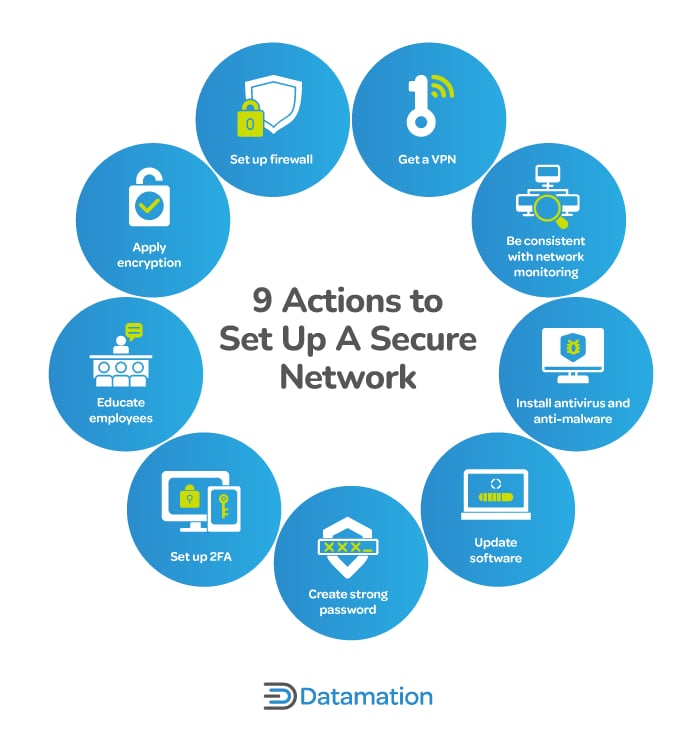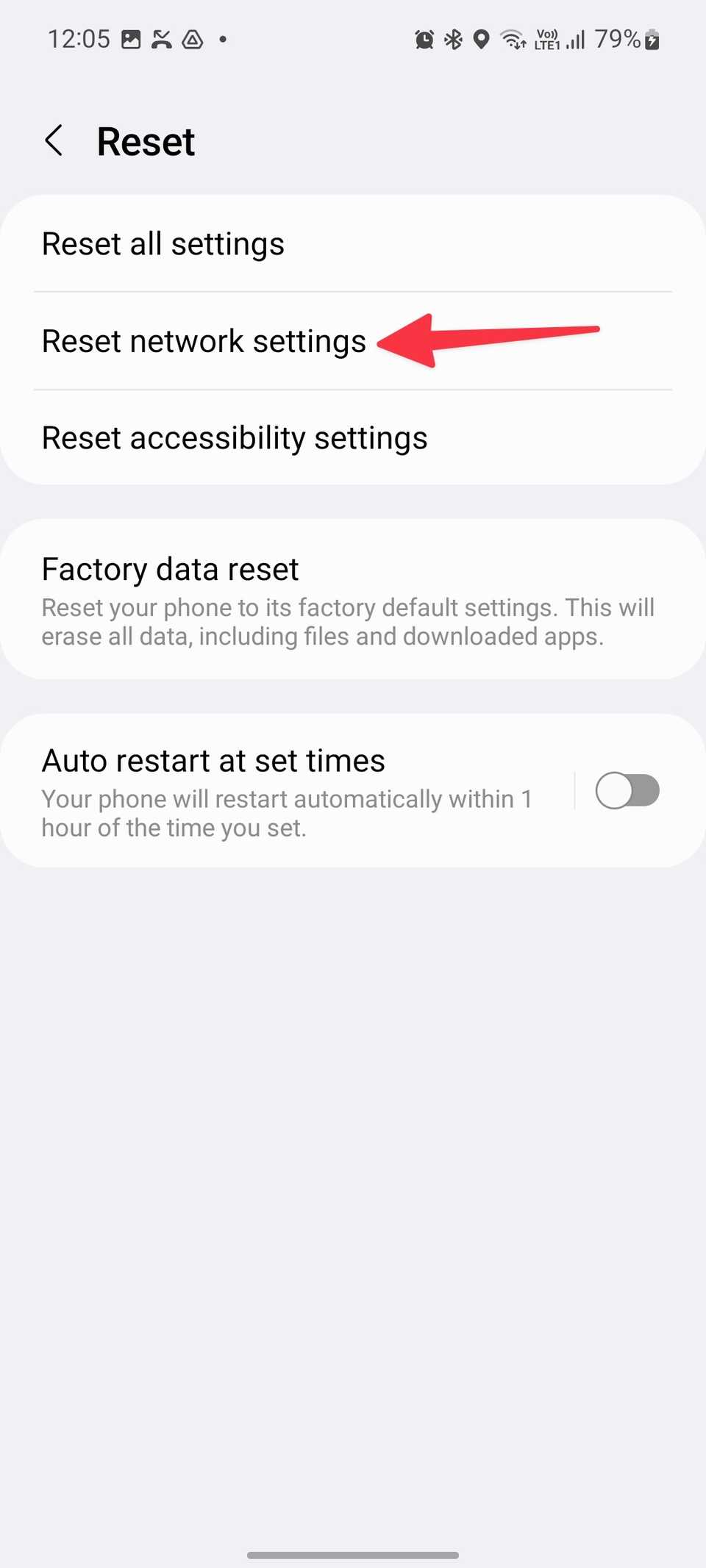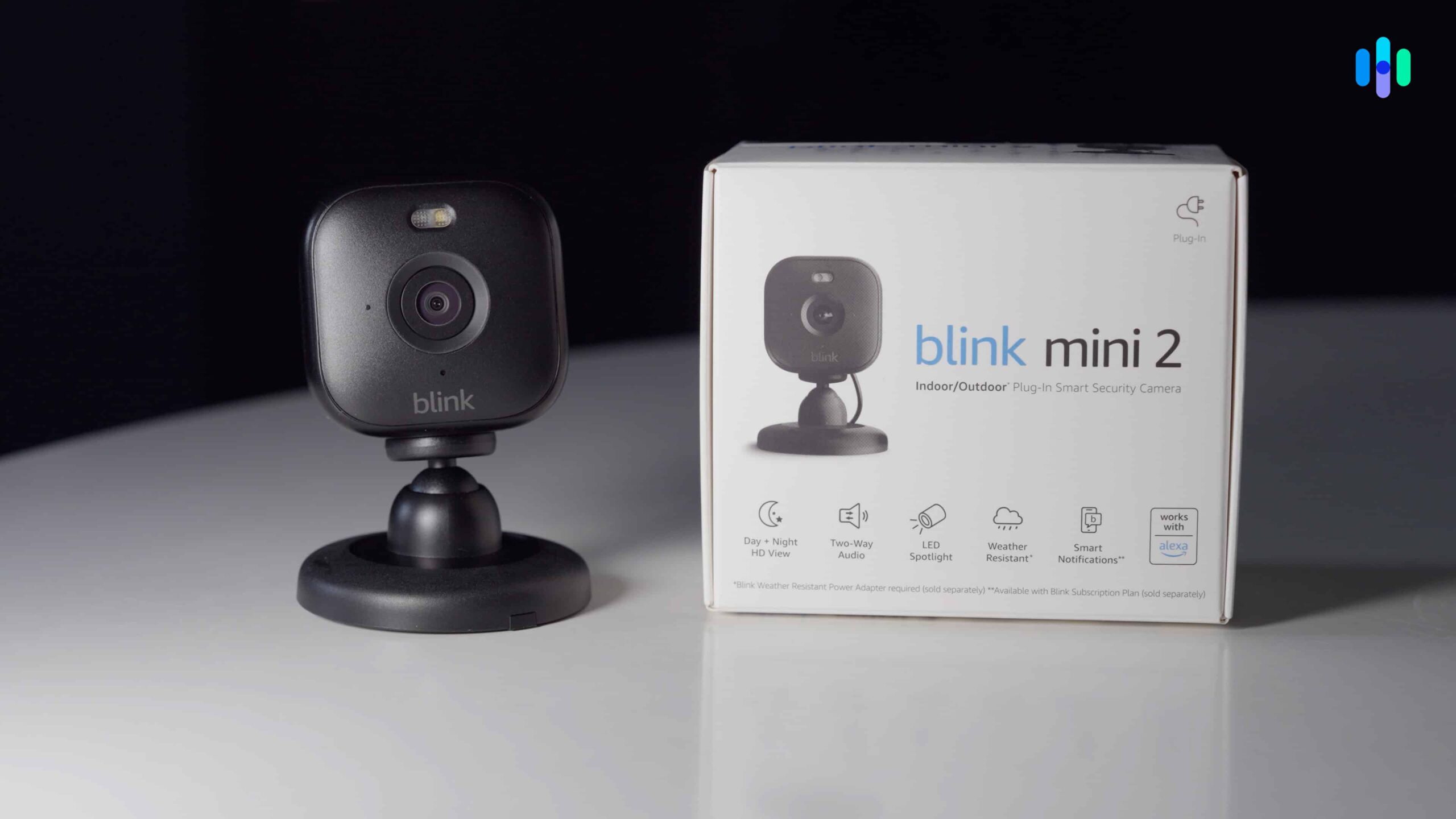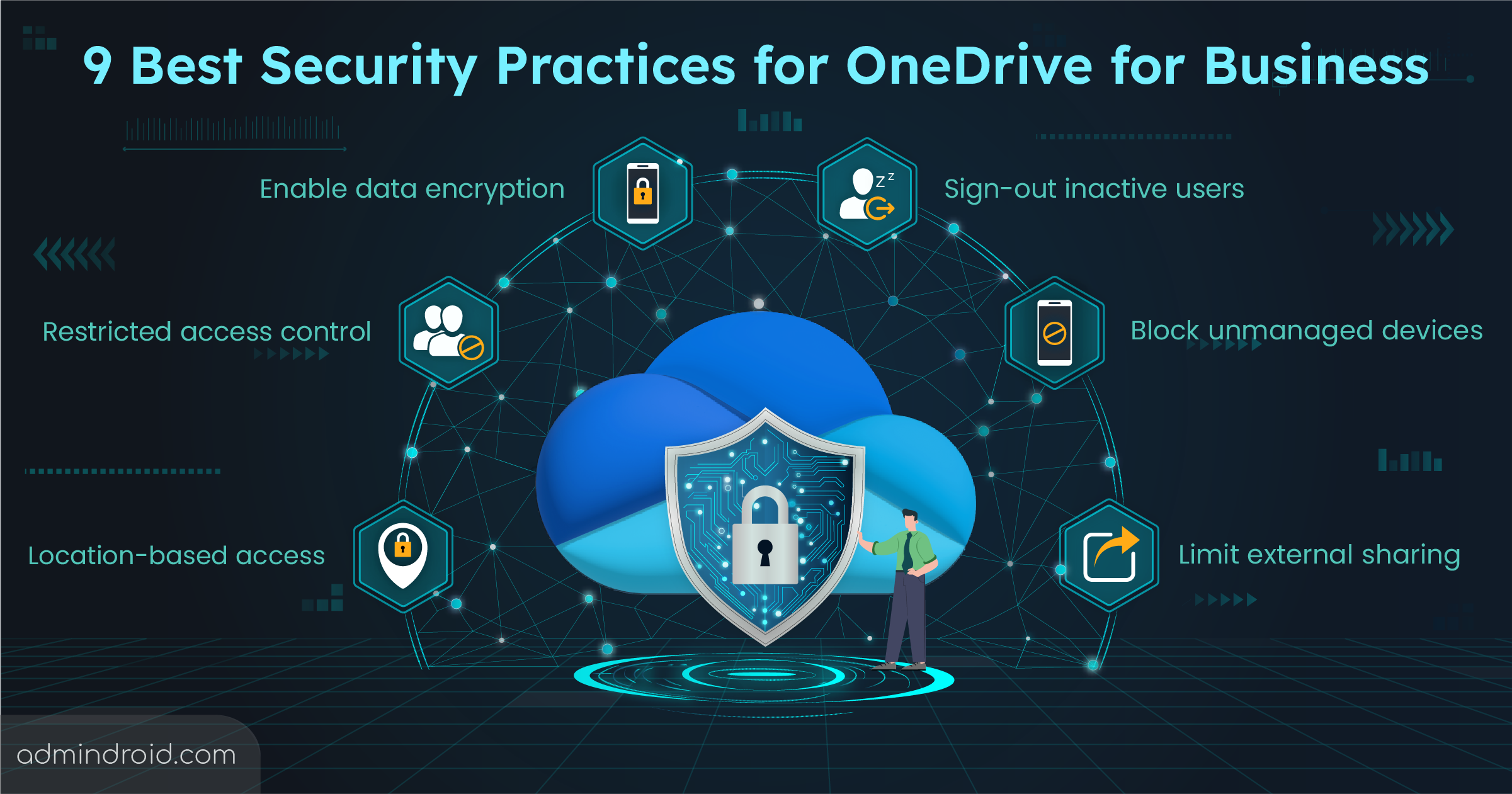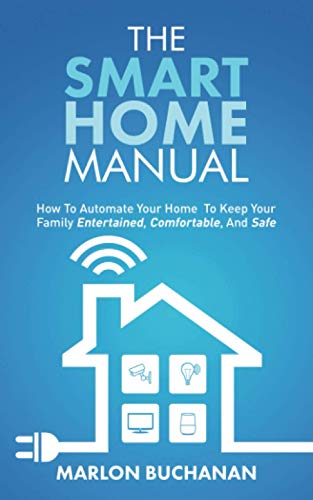Setting up a private network can feel tricky, but it doesn’t have to be. Imagine having a secure space where your devices connect smoothly and your data stays safe from prying eyes.
You’re about to discover simple, practical tips that make your private network work exactly the way you want. Whether you’re protecting personal information or boosting your home office, these easy steps will help you take control. Keep reading to find out how to build a network that’s reliable, fast, and secure—without the headache.

Credit: hiruthicsha.medium.com
Choosing The Right Network Type
Setting up a private network starts with choosing the right type. The choice affects speed, security, and ease of use.
Understanding the differences between wired and wireless networks helps you pick what fits your needs best.
Wired Vs Wireless Networks
Wired networks use cables to connect devices. They offer fast and stable connections.
Wireless networks use Wi-Fi signals. They let devices connect without cables but can be slower.
- Wired networks have less interference and better security
- Wireless networks provide flexibility and easier setup
- Wired is good for fixed devices like desktops
- Wireless suits mobile devices like phones and tablets
Vpn Integration
A VPN creates a secure link over the internet. It hides your data from outsiders.
Integrating a VPN into your private network adds a strong layer of protection. It helps keep your information safe.
- VPNs encrypt data for privacy and security
- They allow safe remote access to the network
- Choose VPNs that fit your network size and use
- Check VPN compatibility with your devices
Selecting Secure Hardware
Choosing the right hardware is key for a safe private network. Secure devices protect your data and stop hackers.
Focus on hardware that offers strong security features and easy updates. This helps keep your network safe over time.
Routers And Firewalls
Routers connect your devices and control traffic. Firewalls block unwanted access to your network.
Choose routers and firewalls with built-in security features like encryption and automatic updates. Avoid devices with known security flaws.
- Look for WPA3 support for better Wi-Fi security
- Use firewalls with customizable rules
- Pick devices from reputable brands with good support
- Enable automatic firmware updates
Network Switches
Network switches connect many devices within your private network. Secure switches prevent unauthorized access between devices.
Choose managed switches that allow you to control network traffic and add security settings. Avoid unmanaged switches for sensitive networks.
- Use switches with VLAN support to separate traffic
- Pick switches with strong access control features
- Check for switch models that support secure management protocols
- Keep switch firmware up to date for security patches
Configuring Network Settings
Setting up a private network needs careful configuration. Network settings help devices connect safely.
Correct settings improve network speed and security. Learn key tips for a smooth setup.
Ip Address Management
Assign IP addresses carefully to avoid conflicts. Use static or dynamic IPs based on your needs.
Keep track of IP addresses to manage devices easily. Use a range that fits your network size.
- Static IPs are fixed for important devices
- Dynamic IPs change automatically via DHCP
- Reserve IPs for printers and servers
- Use private IP ranges like 192.168.x.x
Ssid And Password Setup
Choose a clear SSID to identify your network easily. Avoid personal info in the name.
Set a strong password to protect your network. Use a mix of letters, numbers, and symbols.
- Make SSID unique but simple
- Change default SSID from router settings
- Use WPA3 or WPA2 for encryption
- Update passwords regularly

Credit: www.expressvpn.com
Implementing Access Controls
Access controls help protect private networks from unauthorized users. They make sure only the right people and devices can connect.
Setting up strong access controls is key to keeping your network safe. It limits who can see and use your data.
User Authentication Methods
User authentication checks if a person is allowed to enter the network. It stops strangers from gaining access.
Common ways to authenticate users include passwords, PINs, and biometric scans. Using more than one way makes it harder to break in.
- Passwords: Secret words or phrases users type in
- PINs: Short numeric codes that are easy to remember
- Biometric scans: Use fingerprints or face recognition
- Two-factor authentication: Combines two methods for better safety
Device Whitelisting
Device whitelisting allows only approved devices to connect to the network. This blocks unknown or unsafe devices.
You create a list of trusted devices by their unique ID or MAC address. The network checks this list before allowing access.
- Identify devices by MAC address or serial number
- Add trusted devices to the whitelist
- Block any device not on the list from connecting
- Update the whitelist regularly to keep it accurate
Enabling Encryption Protocols
Encryption protects your private network from unauthorized access. It keeps your data safe from hackers.
Using strong encryption protocols is important to secure your Wi-Fi and data transmissions.
Wpa3 For Wi-fi Security
WPA3 is the latest Wi-Fi security protocol. It improves protection against password guessing attacks.
This protocol uses stronger encryption and better key management. It helps keep your wireless network safe.
- Provides individualized data encryption for each user
- Uses Simultaneous Authentication of Equals (SAE) for secure key exchange
- Protects open Wi-Fi networks with enhanced encryption
Data Transmission Encryption
Encrypt data when it moves across your network. This stops outsiders from reading your information.
Use protocols like TLS or IPsec to secure data transmission. They keep your messages private and safe.
- TLS encrypts web traffic and email connections
- IPsec secures communication between devices on your network
- Always enable encryption on apps that send sensitive data
Regular Monitoring And Maintenance
Keeping your private network safe and fast needs regular checks. Monitoring and maintenance help spot problems early.
These actions keep your network working well and protect your data from threats.
Network Traffic Analysis
Network traffic analysis shows how data moves through your network. It helps find slow spots and unusual activity.
Watching traffic can detect attacks or devices using too much bandwidth.
- Check for unknown devices connected
- Look for spikes in data use
- Identify slow or failing network points
- Monitor traffic patterns regularly
Firmware And Software Updates
Updating firmware and software fixes bugs and adds security patches. It keeps your network devices safe.
Set a schedule to check and install updates on all devices in your network.
- Update routers, switches, and firewalls
- Keep security software current
- Test updates on one device first
- Backup settings before updating
Backup And Recovery Plans
Setting up a private network requires careful planning for backup and recovery. These plans help protect your network data and settings.
Having a clear backup and recovery plan reduces downtime and keeps your network running smoothly.
Configuration Backups
Configuration backups save your network settings. They help you restore your system quickly after a failure.
Create backups regularly and store them in a secure location. Use automated tools to avoid missing backups.
- Save router and switch settings
- Backup firewall rules and policies
- Store backups offsite or in the cloud
- Test backups to ensure they work
Disaster Recovery Strategies
Disaster recovery plans prepare you for major network failures. They help restore service fast after problems.
Plan steps to recover data, repair hardware, and reconnect users. Practice these steps to improve response time.
- Identify critical systems and data
- Create a recovery timeline
- Keep spare hardware ready
- Train staff on recovery procedures
- Review and update plans regularly

Credit: www.esecurityplanet.com
Frequently Asked Questions
What Is A Private Network Setup?
A private network setup involves configuring a network to restrict access to authorized users. It enhances security by isolating the network from public access. Such setups are common in businesses and homes to protect sensitive data and ensure secure communication.
Proper configuration is essential for effective security and performance.
Why Use A Private Network At Home?
Using a private network at home enhances your online security. It restricts access to personal data and devices. This setup protects against unauthorized access and potential cyber threats. Additionally, it allows you to control internet usage and manage connected devices efficiently.
A secure network fosters a safe digital environment.
How Do I Secure My Private Network?
To secure your private network, start by changing the default router password. Enable WPA3 encryption for better security. Regularly update the router’s firmware to patch vulnerabilities. Consider setting up a guest network for visitors. Lastly, disable remote management features unless necessary.
These steps help ensure your network’s safety.
What Equipment Is Needed For A Private Network?
You need a reliable router, Ethernet cables, and network switches for a private network. A firewall is essential for enhanced security. Depending on your setup, you might need a network-attached storage device. Ensure all equipment is compatible with your network requirements for optimal performance and security.
Conclusion
Setting up a private network takes careful planning and clear steps. Keep your devices updated and use strong passwords. Regularly check your network for any unusual activity. Choose the right hardware that fits your needs. Secure your network to protect your data and privacy.
Simple actions can make your network safer and more reliable. Stay patient and keep learning as you go. A well-set private network works smoothly and keeps you connected.
15 min read

